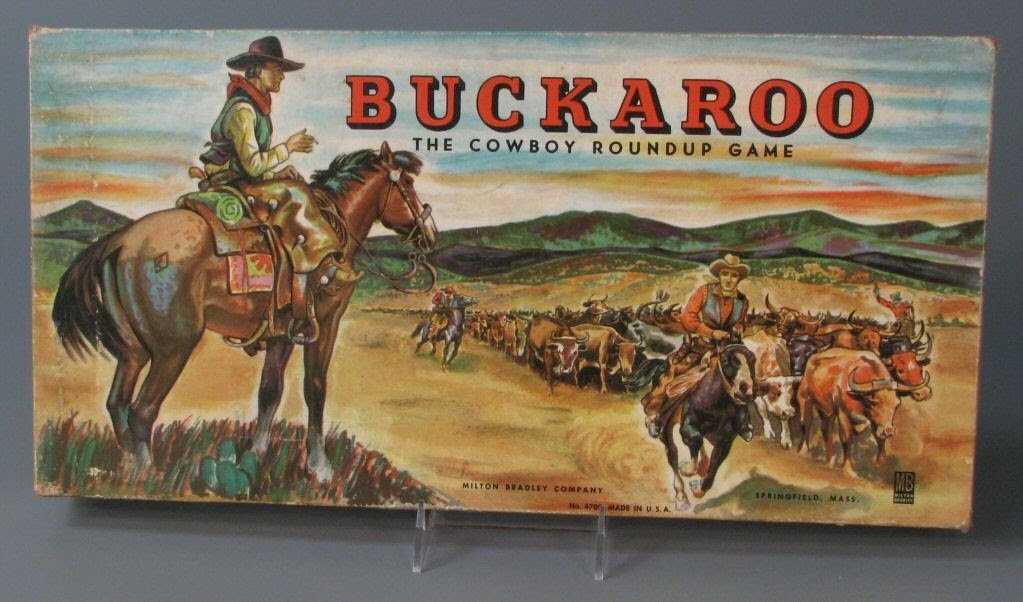Until July...
/This is the last post for the month of June. Regular posting resumes on Friday, July 1st.
The next newsletter will be with supporters on that day as well.
One thing that will be happening in the upcoming week that you might want to keep an eye out for is that Vanishing Inc. will be releasing their two volume set that collects Joshua Jay’s Talk About Tricks columns from MAGIC Magazine.
If you don’t have the old magazine, I would highly recommend picking these up.
There was a confluence of circumstances that make Josh’s column the best trick column of all time.
First, if you don’t know your magic magazine history, there was a time where Genii magazine was pretty much the only game in town. And it looked like something that was operating with no competition. The cover of most issues in the 80s and into the 90s was the same basic template, just a different color, and with a different black and white promo picture slotted in. So lazy.
The interior looked like shit too. I remember picking up my first issue of Genii in a magic store and flipping through it and seeing all the black and white imagery and stuff that looked like it was typed on a typewriter. “Oh, how much for this vintage magazine?” I wondered. Turns out it came out the previous Tuesday.
Oh, and the magazine was always late. The editor had a little slogan for the magazine. “Always Late, Always Great!” Seriously. He only chose that because “Haha, we actually suck shit at our job of producing a magic magazine,” didn’t rhyme.
In 1991, Stan Allen started MAGIC Magazine. It was glossy and full color and didn’t look like it was some dreary soviet publication. And before long it was the number 1 magic magazine, surpassing Genii which was now fumbling all over themselves to keep up.
MAGIC Magazine’s first trick column editor was Richard Kaufman. Kaufman set a standard for quality with good tricks, that were well explained, with clear illustrations. (Kaufman would later go on to salvage Genii and turn it into a modern magic magazine.) Kaufman gave way to Jon Racherbaumer.
Then, in September of 2001—in what Jamy Ian Swiss called, “Probably the greatest tragedy of this month”—Joshua Jay took over the duties as trick editor.
Josh is a good writer and great teacher of magic. He brought a lot of enthusiasm to the job and that came through in his columns. He’s likable and has the ability to connect with people across generations and that allowed him to obtain material from well-established magicians, as well as complete newcomers.
And there are many legitimately good tricks in the column.
You see, regardless of what Josh brought to the table, he also came to the job at an ideal time. He came at a point when the internet was pretty much up and rolling. Email, message boards, and blogs were fairly established at that time. And these ways of communicating allowed magic ideas to be generated and iterated at a faster clip than ever before. But the outlets for these ideas were nowhere near as plentiful as they are now.
These days if you come up with a decent idea, you could film it or create a pdf and start selling it online before the end of the day. In the 2000s you could do that too, but it was nowhere near as simple as it is now. You had to be fairly motivated to put that all together. Therefore a lot of tricks that might now be marketed as a download or an ebook were sent to Josh. This was a way to garner some level of “fame” in the magic world and get your name out there.
And this was also before the time of “social media magic” so the ideas people were coming up with were all workable in the real world.
I’m not trying to sell you on this collection. Well, I guess I am, but there’s nothing in it for me to do so. For those of you who are new to this site, I don’t do ads. I don’t pimp other people’s stuff when they give it to me for free. I do sometimes get stuff for free, and then end up praising it in my newsletter. But more often I get stuff for free and never mention it again. Getting it for free has no bearing on anything.
But that’s a moot point as far as this post goes. Vanishing Inc. didn’t give me this for free. They’re not buying my endorsement. Hell, I’m pretty sure VI still owes me money from when I had affiliate links on this site like 6 years ago. I’d email Josh or Andi to sort it out, but I worry they’re going to refer to one another as their “best friend” and that always weirds me out. (If you’re on their mailing list and have their June 20th email “Our Best-selling magic book of all time.” You will see Josh refer to Andi as his “best friend” THREE times. It’s like, “Okay guys, you’re fucking 40 years old. You can stop ranking your friends now.”
Annyyywhooooo…
That’s just to say that my endorsement here is fully legit. You can download the final column from Talk About Tricks (and presumably get more info when the books are released) here. I have no clue what these books are selling for, but with 868 tricks included in the book you’re going to end up getting your money’s worth. You could easily live off these tricks and never spend another penny on magic. You won’t do that, of course. It’s just too fun to accumulate new stuff. But you could.











